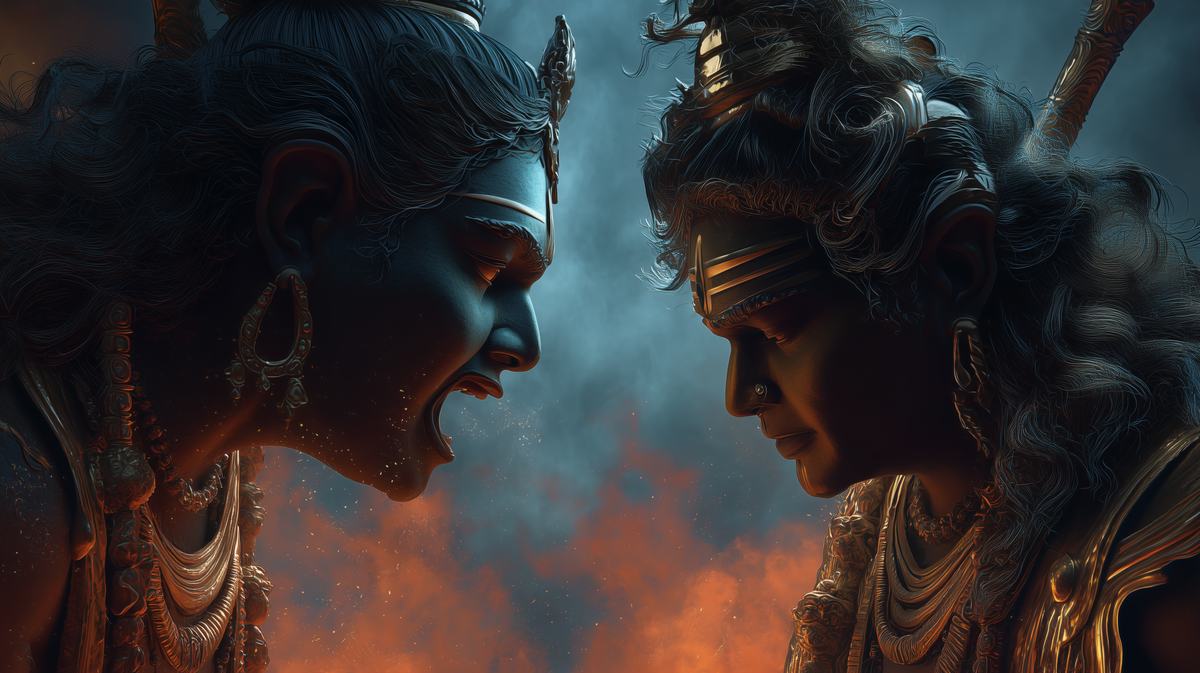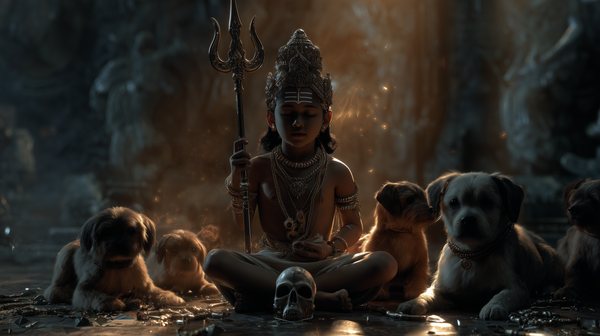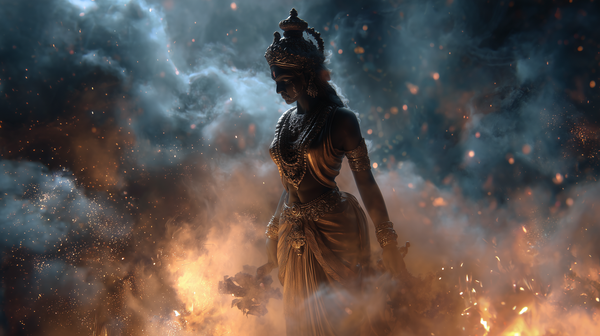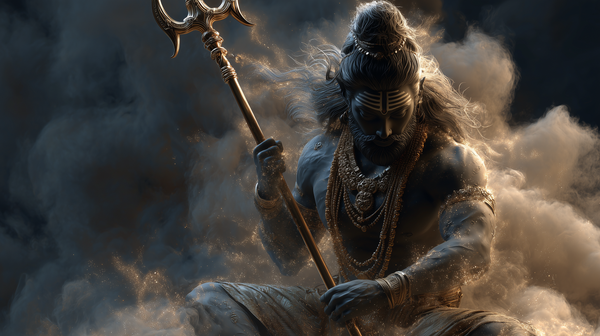Understanding the Mind in Sanatana Dharma: A Journey Within
The Basics of the Mind

This article is derived from Bhavesh Yuj's Video Content. All rights belong to him and his team
In Sanatana Dharma, the mind is not merely a cognitive organ—it is the battlefield of bondage and liberation. To master the mind is to begin the journey toward moksha. But this path is not to be walked alone. Two divine forces govern this inner terrain:
- Bhairava, the Guru-Tattwa, the force that cuts through ignorance.
- Ma Adya Mahakali, the primal Shakti, who scorches karma and awakens liberation.
With their guidance, the seeker evolves from being a slave to desires to becoming a master of their inner world.
Chapter 1: The Structure of the Mind – Fourfold Inner Instrument
When you react to your friend’s new phone, what actually happens?
According to Sanatana Dharma:
- Manas reacts: “New phone! Better camera! I want it.”
- Chitta recalls: “Last year, I felt the same about a different phone.”
- Ahankara says: “I deserve this. Why don’t I have it?”
- Buddhi may whisper: “But do I need it? Or am I being driven by habit?”
But here’s the deeper truth: these components are not you. You are the witness.
Bhairava, in his aspect as Kalabhairava, stands at the threshold of your awareness. He guards the gateway to Kashi, the city of light—which, symbolically, is the awakened state. Before you enter, he demands:
“Do you know the difference between your self and your ego?”
If not, his teachings will shatter the illusion, not gently refine it.
Chapter 2: The Trap of Ahankara – Why Bhairava Raged at Brahma
In a tale rich with meaning, when Brahma became intoxicated with his own creation power, claiming equality with Shiva, it was Bhairava who emerged in rage—not out of vengeance, but disappointment.
“If even the Creator cannot discern ego from truth, what hope is there for lesser beings?”
– Guruji, Bhairava Sadhana
This is not mythology. This is your mind every day. When your Ahankara says, “I am better, I deserve,” it dethrones the Self.
Bhairava, emerging from Shiva’s third eye, cuts this illusion. His rage is not destruction—it is clarity. It is Guru Tattwa in action.
Chapter 3: Buddhi and Mahakali – The Inner Fire of Discernment
Buddhi, the discerning intellect, is often a whisper beneath the storm of desire. But when Mahakali is awakened within you, that whisper becomes a roar.
"She is not here to pet your ego. She will burn your karmic debris with unbearable love."
– Guruji, Mahakali Upasana
Ma Adya Mahakali is the primordial Shakti, who does not comfort the ego. She annihilates it. She doesn’t make you feel better—she makes you free. She doesn’t just question your need for the phone; she burns the seed of the desire itself.
This is not cruelty. This is compassion in its rawest, most potent form.
Chapter 4: Sadhana – A Laboratory of Liberation
Sadhana is not ritual. It is confrontation—with your tendencies, your fears, your stored karmas.
When you perform japa or dhyana with the image of Bhairava or Mahakali in your mind, you’re not praying for peace. You’re asking to be torn open. You are saying:
“Show me what I’m holding on to. Then burn it.”
"This path is not about escape. It's about staying in the fire until what is false is gone."
– Guruji
Chapter 5: From Entanglement to Liberation – The Divine Partnership
Every moment offers a choice:
- Remain entangled in Manas–Chitta–Ahankara.
- Or activate Buddhi, invite Bhairava, and awaken Mahakali.
The ego fears this path. It fears Bhairava’s mirror and Kali’s blade. But the soul longs for it.
True seekers eventually find themselves calling out to the Divine in these words:
“Cut me. Burn me. But make me real.”
Conclusion: This Isn’t Philosophy—This Is Fire
If you want comfort, worship your ego.
If you want freedom, call upon Bhairava and Mahakali.
They are not external deities. They are forces within you, waiting to be awakened. Your mind is the battlefield. Your sadhana is the weapon. And your liberation is the only worthy prize.



